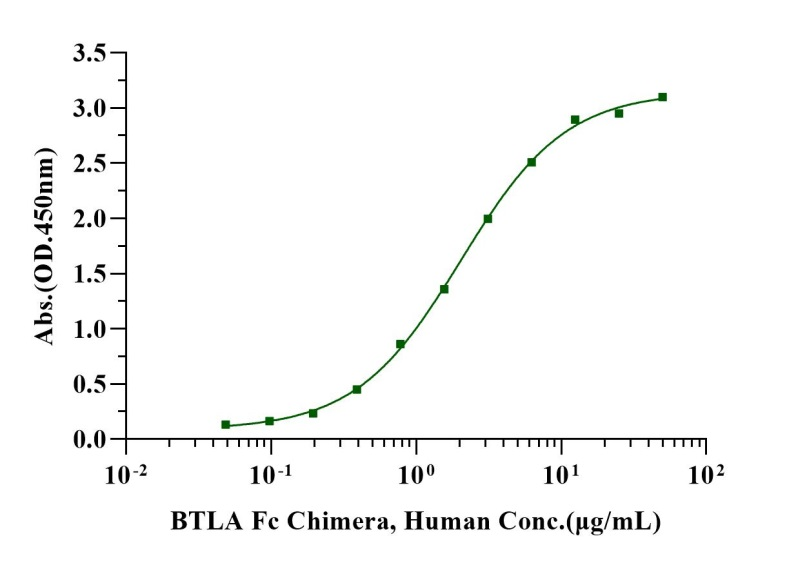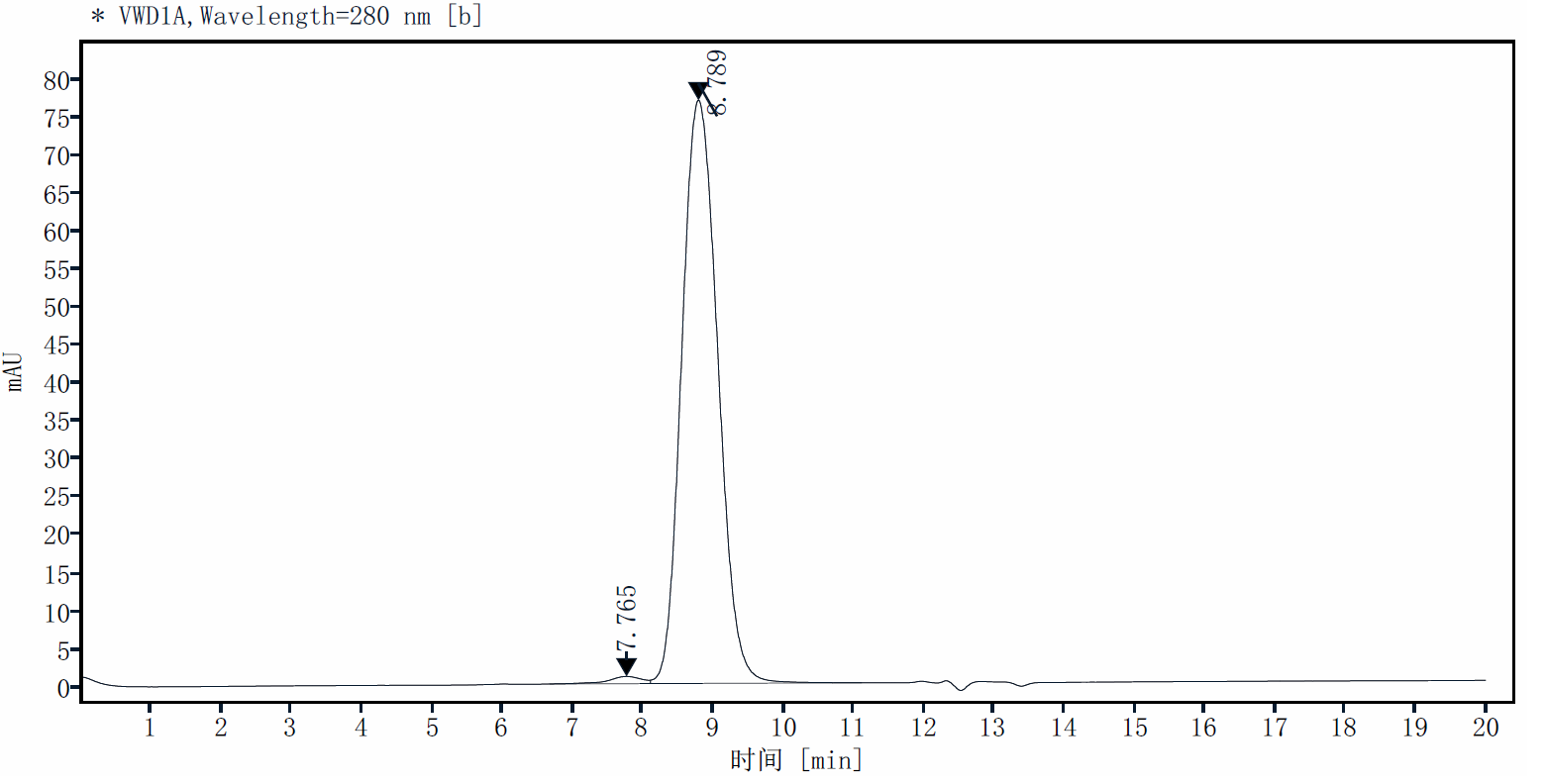1.Fourcade J, et al. (2012) CD8(+) T cells specific for tumor antigens can be rendered dysfunctional by the tumor microenvironment through upregulation of the inhibitory receptors BTLA and PD-1. Cancer Res. 72(4):887-96.
2.Kojima R, et al. (2011) Molecular basis for herpesvirus entry mediator recognition by the human immune inhibitory receptor CD160 and its relationship to the cosignaling molecules BTLA and LIGHT. J Mol Biol. 413(4):762-72.
B-and T-lymphocyte attenuator (BTLA) is also known as B-and T-lymphocyte-associated protein, CD antigen CD272. BTLA is a inhibitory molecule which belongs to the Ig superfamily that attenuates BCR and TCR-mediated signaling, and thereby functions as a negative regulator of lymphocyte activation. BTLA contains one Ig-like V-type (immunoglobulin-like) domain. As a lymphocyte inhibitory receptor, BTLA / CD272 inhibits lymphocytes during immune response. BTLA is not expressed by naive T cells, but it is induced during activation and remains expressed on T helper type 1 (T(H)1) but not T(H)2 cells.

Immobilized HVEM/TNFRSF14, Human (Cat. No. UA010658) at 2.0μg/mL (100μL/well) can bind BTLA Fc Chimera, Human
(Cat. No. UA010754) with EC50 of 1.86-2.21 μg/mL.
1μg (R: reducing condition, N: non-reducing condition).
